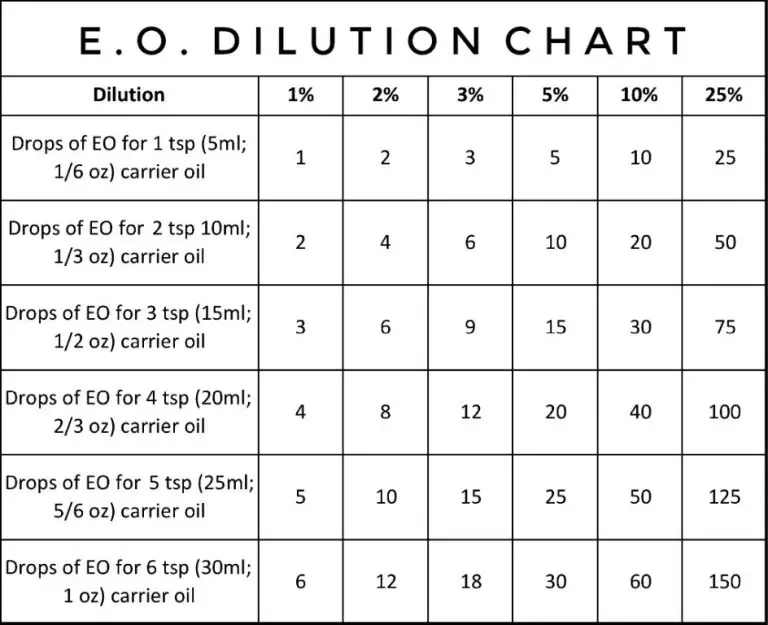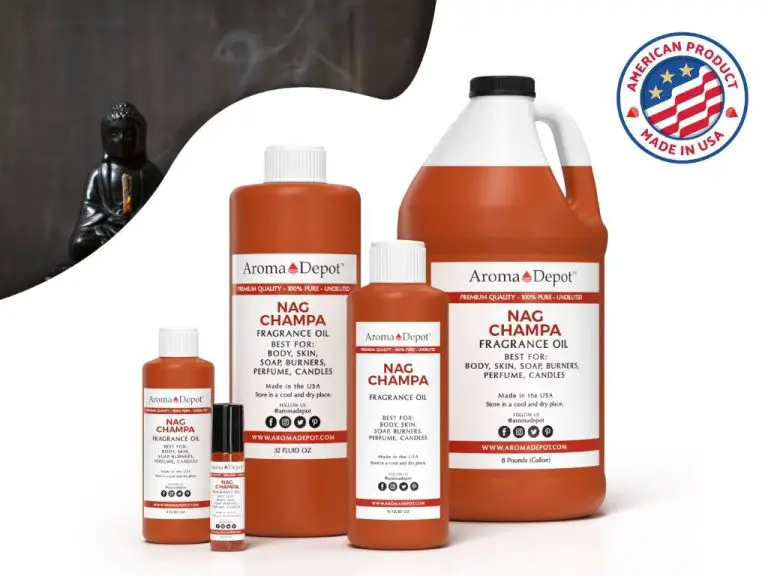How Do You Describe The Scent Of Coconut?
The scent of coconut is universally recognizable and remarkably distinctive. Before delving into the nuances of this singular fragrance, it is worth examining why scent itself matters. Scent is intimately tied to memory and emotion in the human brain. Aromas can instantly evoke feelings of comfort, joy, relaxation, or nostalgia. The scent of coconut in particular has a transportive quality, whisking us away to tropical beaches and island getaways. Though subtle, the rich, sweet aroma of coconut is unforgettable.
Composition
The distinctive scent of coconut comes from a complex blend of volatile aromatic compounds. These are chemical compounds that easily vaporize at room temperature, allowing their aroma to spread.
Some of the key aromatic compounds found in coconut include:
- Lactones – These provide the signature coconut-like aroma. Different lactones can smell sweet, creamy, milky, coconutty, peachy, or fruity.
- Esters – Added fruity, sweet notes like pineapple, banana, and apple.
- Aldehydes – Contribute to the rich, full fragrance with their fatty, waxy, or lemony smells.
- Pyrazines – Give nutty, roasty, earthy aromas.
- Ketones – Provide a sweet, buttery scent.
The relative concentrations and combinations of these compounds create the unique, tantalizing scent that we recognize as coconut. The aroma can vary between different coconut varieties and products derived from coconut as well.
Sensory Qualities
The scent of coconut is often described as sweet and nutty, with an unmistakable tropical essence. When you open a fresh coconut, the inner white flesh emits a sweet, clean fragrance reminiscent of vanilla and almond. As you shred or grate the coconut meat, more of its oils are released and the air becomes infused with its rich, warm aroma. It’s a sweet smell, yet nutty and exotic at the same time. Many compare the scent to suntan lotion or coconut-scented candles, bringing to mind sunshine and tropical destinations. The subtle, nutty notes give it depth and complexity compared to just straight sweetness. As coconut meat or oil is used in cooking, the nutty and exotic aromas tend to become even more pronounced. The scent of toasted coconut is often described as decadent, mouthwatering, and tempting. Overall, the scent of fresh, raw coconut emits a sweet, nutty, tropical fragrance that is clean yet rich and universally recognized.
Psychology
The scent of coconut has strong psychological and emotional associations for many people. Coconut aroma is frequently linked to memories of tropical vacations, summer, beaches, pleasure, and relaxation. Studies show that coconut fragrance can reduce anxiety and instill a sense of calm. The sweet, creamy scent activates the limbic system of the brain, which controls emotions and memory. Just a whiff of coconut can transport people back to happy childhood days spent at the seaside building sandcastles or sipping refreshing coconut water. Coconut also carries an aura of leisure, evoking laid-back sunny days free of stress and worries. Its sweetness impartsa feeling of nostalgia and comfort, reminiscent of homemade treats. For some, coconut may symbolize identity if it was part of their culture’s cuisine growing up. The aroma of coconut conjures up positive emotions and memories in many individuals across different cultures.
Cultural Meaning
The scent of coconut has strong cultural associations in many places around the world. In tropical locations like Hawaii, the Caribbean, and the South Pacific, the smell of coconut is nostalgically linked to local foods, drinks, beauty products, and natural landscapes. Coconut palms line the beaches, coconut meat and milk are used extensively in cuisine, and the extracted oil is a base for soaps and lotions. The coconut aroma means you have arrived in an island paradise.
In mainland North America, the smell of coconut gained popularity in the postwar era as soldiers returning from the Pacific theater brought back souvenirs and stories of their exotic travels. Coconut became associated with tropical vacations, cruise ships, and “island” culture. Marketers tapped into this association to sell “escape” through coconut-scented products – from suntan oils to rum drinks. The coconut scent came to symbolize leisure and pleasure for wartime generations.
Coconut also has nostalgic connections to childhood for many. The scent recalls coconut candies, flaked coconut on cakes, and treats like Mounds bars. Australians and New Zealanders have fond memories of the coconut ice confectionery popular at school fetes. The coconut smell stimulates recollections of carefree youth and simpler times for those who associate it with beloved snacks and candies.
So while the actual aroma molecules of coconut are composed of chemical compounds, what we perceive subjectively through memory and cultural lenses is the spirit of tropical vacations, sweet childhood treats, and happy days gone by.
Health Benefits of Coconut Scent
The pleasant, tropical scent of coconut provides various health and wellness benefits according to research studies.
Inhaling coconut essential oil has been shown to reduce blood pressure and heart rate in studies on rats. The compounds in coconut oil, such as linalool, help induce relaxation and alleviate stress.
Human studies reveal coconut scent increases feelings of calmness and reduces anxiety levels. The aroma triggers the release of serotonin and dopamine in the brain, hormones that boost mood.
Coconut scent also promotes better sleep, as the relaxing properties help reduce sleep latency. The tropical aroma creates a soothing environment that makes it easier to fall and stay asleep.
Using coconut-scented personal care products and diffusing the oil at home can provide these mental and physical health benefits. More research is still needed, but initial studies are promising for coconut scent’s stress-relieving and wellbeing boosting properties.
Commercial Use
The refreshing and universally appealing scent of coconut has made it a popular ingredient in many consumer products. Brands use coconut fragrance to evoke feelings of relaxation, tropical escapes, and summer fun. Some examples of products that leverage the scent of coconut include:
– Sunscreens and suncare – Coconut sunscreen is a summertime staple, providing protection from the sun along with the sweet smell of the tropics.
– Shampoos and conditioners – Coconut scented hair products are widely available, promising shiny, healthy hair with an exotic fragrance.
– Body lotions and cosmetics – Lush, creamy body lotions with coconut fragrance deliver deep moisture while transporting your senses.
– Candles – Coconut scented candles can quickly transform any space into a beachside paradise.
– Air fresheners – A touch of coconut in air fresheners, whether gentle and relaxing or exciting and tropical, makes indoor air seem cleaner.
– Desserts and baked goods – Bakers often add coconut extract to cakes, cookies, ice cream and more to lend its sweet aroma and flavor.
– Automotive air fresheners – Hanging a coconut scented car air freshener can make even a mundane commute feel like a tropical getaway.
Sourcing
The distinctive coconut scent comes from compounds found inside the hard shell of the coconut fruit. As the largest seed in the world, coconuts are filled with delicious “meat” and nutritious coconut water. But the real treasure lies in the thin, crunchy brown shell.
Inside the shell is the layer of white coconut meat infused with hundreds of aromatic compounds like delta-decalactone, gamma-decalactone, and gamma-octalactone. These aromatic chemicals give coconut its sweet, creamy, slightly nutty scent that we all recognize. The highest concentration is found in the meat immediately next to the shell.
To extract these aromatic compounds commercially, the coconut meat is dried, grated down, and subjected to solvent extraction. The liquid is then distilled to isolate the precious coconut aroma chemicals for use in fragrances, lotions, soaps, candles, and food flavorings. So next time you catch a whiff of coconut sunscreen or sip a piña colada, you’re actually smelling the essence of the coconut shell.
Comparisons
The scent of coconut has some similarities to other common scents, but also stands out with its own unique aromatic qualities. While coconut contains some of the sweet, creamy notes of vanilla and almond, it has a more tropical, suntan lotion-like character.
Compared to vanilla, coconut has a stronger note of the actual food itself rather than vanilla’s predominantly sweet scent. Coconut is not as bakery-like as vanilla; it evokes more of a beachside drink. The flesh of a fresh coconut straight from the shell has a richer, more full-bodied and multidimensional aroma than commercially processed vanilla flavoring.
Almond and coconut share a nutty nuance, but the meat of the coconut itself is more savory and less overtly sweet than the almond scent. Almond also lacks the distinctive coconutty musk that is instantly recognizable. While almond scent conjures up marzipan and frangipane, coconut makes one think of pina coladas and sunscreen.
Both almond and coconut contain lactones that contribute to their creamy aspects, but the particular lactones in coconut lend it that suntan lotion smell not found in almonds. Ultimately, while coconut shares facets with other white-fleshed nuts and tropical flavors, its unique aroma is singular and instantly identifiable.
Conclusion
The scent of coconut is a complex and nuanced sensory experience that evokes strong emotional responses and cultural meanings. With its sweet, creamy aroma complemented by subtle nutty and even woody notes, coconut triggers nostalgic tropical fantasies and sensations of indulgence. Yet beyond the superficial beach vacation impressions, coconut also has a spiritual symbolism and deep connection to health and nourishment for many cultures. Though increasingly mass-produced for commercial use, authentic coconut oil retains a depth and richness that transports the mind and soothes the body. After exploring the multi-faceted scent profile and meanings of coconut, we gain a newfound appreciation for this humble drupe and its evocative aroma that conjures up so much more than just a piña colada.





